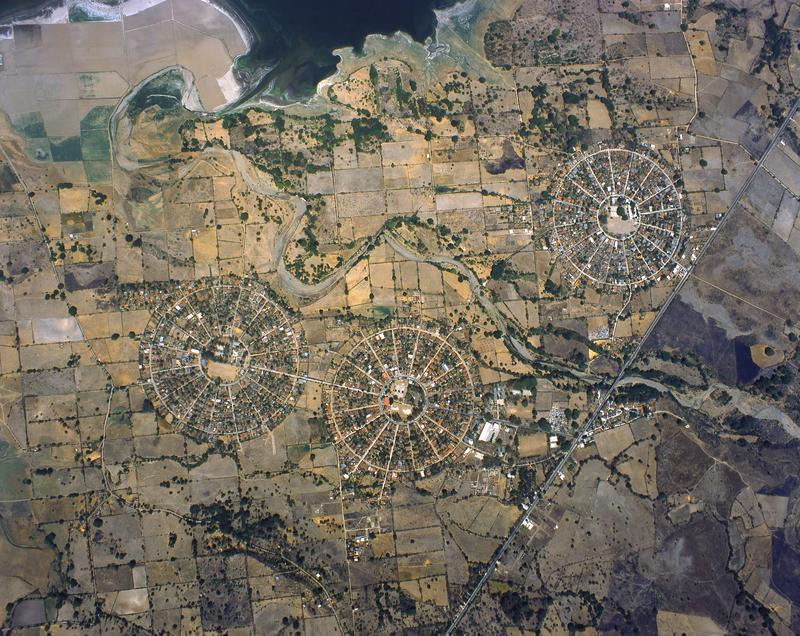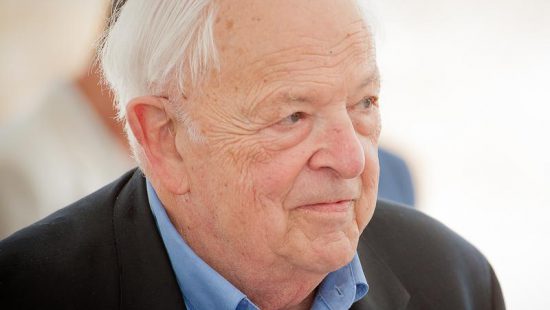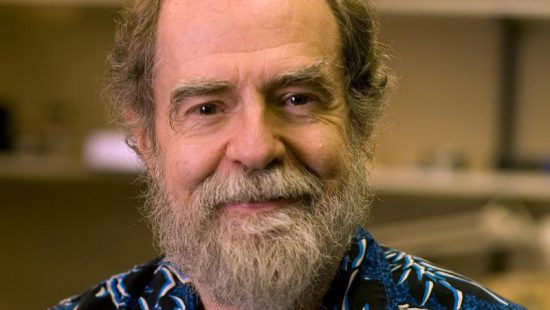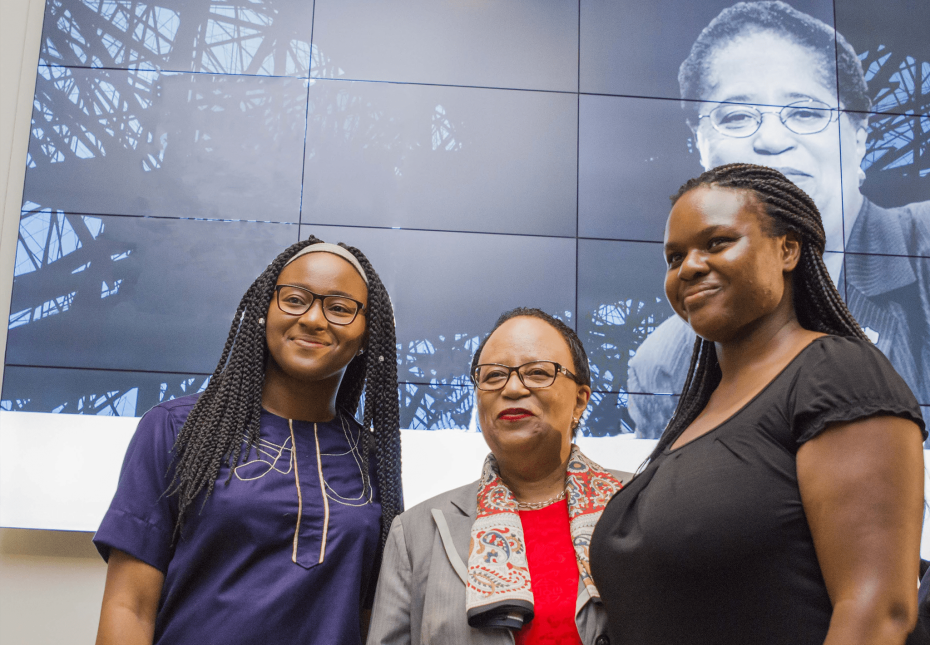Even before the first satellites were launched, Lyman Spitzer Jr. envisioned a telescope that float high above the earth, capable of exploring the very deepest reaches of space. That proposal in 1946 by Spitzer, a theoretical astrophysicist, would decades later become the $2.1 billion Hubble Telescope.
The Hubble Telescope has made more than 1.2 million observations since its launch in 1990 and has provided data for more than 14,000 scientific papers.
Were it not for Spitzer’s diligence and persuasiveness, Hubble might never have happened. Not only was Spitzer involved in the design and development, but he was also Hubble’s biggest cheerleader and an influential lobbyist among the skeptics in Congress and the science community.
Born in Toledo, Ohio, Spitzer earned a doctorate in astrophysics from Princeton University in 1937. During World War II, working for the military, Spitzer was part of the team that developed sonar. He later was chairman of Princeton’s Astrophysical Sciences Department and director of the Princeton Observatory.
Spurred by his pioneering thermonuclear research, Princeton created the Plasma Physics Laboratory. Spitzer continued working at Princeton, researching and analyzing Hubble data, until the day he died in 1997, at age 82.
By Robert Warren







